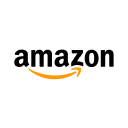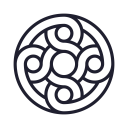How I Turned My Side Hustle Into A Profitable SaaS [97% Gross Margin]
Hello! Who are you and what business did you start?
Hello, I’m Abhilash Chowdhary, co-founder of Crustdata. Crustdata is a SaaS tool to identify private businesses and startups by their real-time growth metrics and traction.
Private investors use Crustdata to identify and track growing startups. The GTM teams at fast-growing startups use Crustdata to identify businesses that may use their product. We track millions of businesses by indexing the public web using proprietary machine learning algorithms.
We launched our product in March 2022 and since then have onboarded more than 10 paying users. Our total revenue since launch has been more than $20,000.
In November 2022, we did more than $5,000 in sales.

What's your backstory and how did you come up with the idea?

Download the report and join our email newsletter packed with business ideas and money-making opportunities, backed by real-life case studies.

Download the report and join our email newsletter packed with business ideas and money-making opportunities, backed by real-life case studies.

Download the report and join our email newsletter packed with business ideas and money-making opportunities, backed by real-life case studies.

Download the report and join our email newsletter packed with business ideas and money-making opportunities, backed by real-life case studies.

Download the report and join our email newsletter packed with business ideas and money-making opportunities, backed by real-life case studies.

Download the report and join our email newsletter packed with business ideas and money-making opportunities, backed by real-life case studies.

Download the report and join our email newsletter packed with business ideas and money-making opportunities, backed by real-life case studies.

Download the report and join our email newsletter packed with business ideas and money-making opportunities, backed by real-life case studies.






















